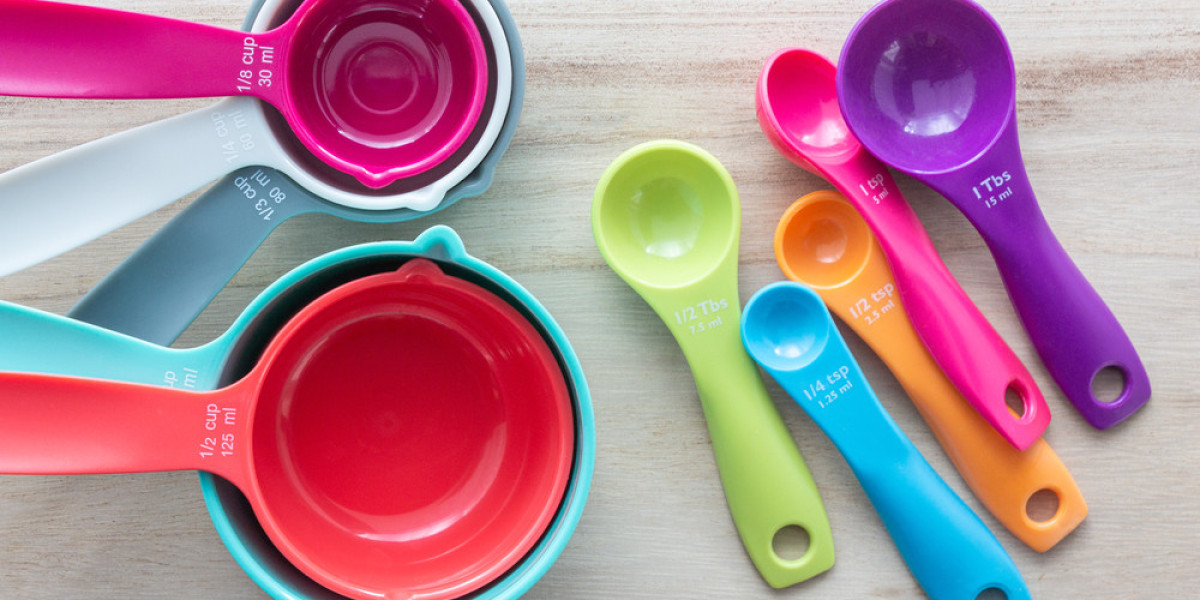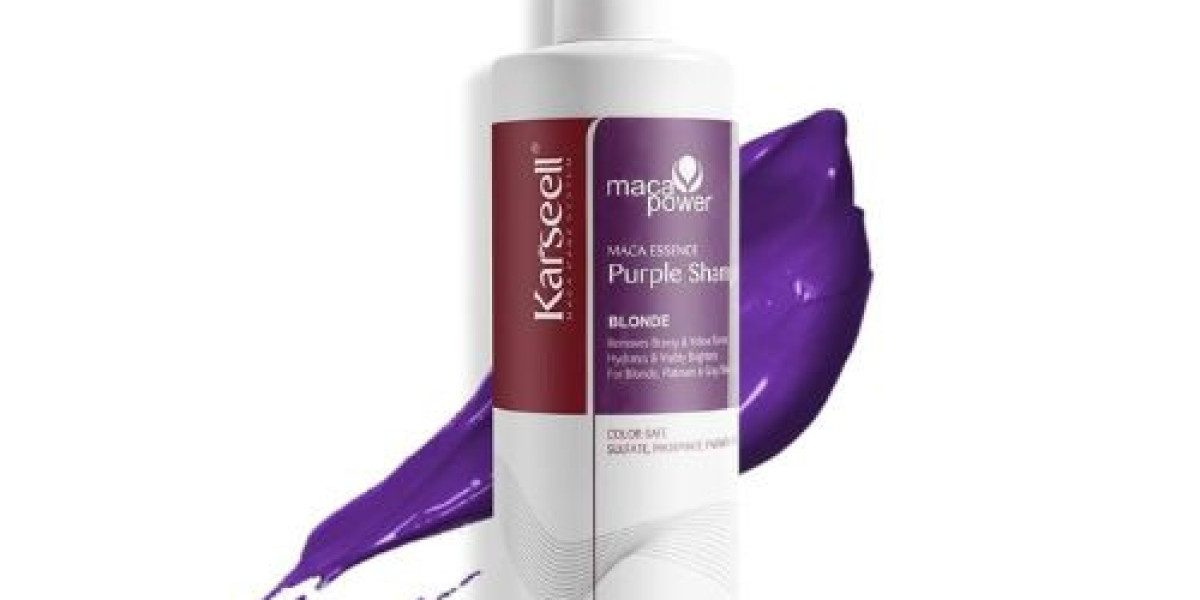When you’re whipping up something delicious in the kitchen, precision is key, especially in baking and cooking. But what happens when you come across a measurement like 3/4 teaspoon? If you don’t have a ¾ teaspoon handy, or if you’re curious about how this amount translates into other measurements, continue reading.
Let's find out how much is 3/4 teaspoon in cooking measurements and break it down for clarity.
Understanding Teaspoons and Their Fractions
A teaspoon is a small but essential unit of measurement in cooking. It might seem insignificant, but even a small discrepancy in measuring ingredients can impact the final dish, especially in baking, where precision is everything.
In terms of basic measurements:
- 1 teaspoon (tsp) = 5 milliliters (ml)
- ½ teaspoon = 2.5 milliliters
- ¼ teaspoon = 1.25 milliliters
Now, let's break down ¾ teaspoon. To calculate this, you need to think of it as:
- ¾ teaspoon = 1/2 teaspoon + 1/4 teaspoon
This is equal to 3.75 milliliters, a bit more than half of a teaspoon, but less than a full teaspoon. Understanding this breakdown makes it easier to measure accurately even if you don’t have a specific ¾ teaspoon measuring tool.
Why Are Precise Measurements Important?
It may seem trivial to some, but when recipes call for specific measurements like ¾ teaspoon, it’s important to take them seriously. The chemistry of cooking is what turns ingredients like flour, sugar, salt, and baking powder into cookies, cakes, or savory dishes. Even a difference as small as ¼ teaspoon of salt or baking soda can lead to huge differences in taste and texture.
In baking, especially, small amounts of ingredients can have a large impact. For instance, too much baking powder can make baked goods rise too quickly and collapse, while too much salt can overpower the flavors in the dish. That’s why having a clear understanding of how much ¾ teaspoon is can be incredibly useful.
Common Conversions for ¾ Teaspoon
- 1/2 teaspoon + 1/4 teaspoon: The easiest way to measure ¾ teaspoon if you don’t have a ¾ teaspoon is to use a ½ teaspoon and a ¼ teaspoon together. This combination will give you the exact measurement needed.
- Pinch or Dash: Sometimes, people refer to small amounts of spices or seasonings as a “pinch” or “dash.” These terms are usually used when precision isn’t necessary, but generally, a pinch is about 1/16 teaspoon, and a dash is 1/8 teaspoon. A pinch is far too small to equal ¾ teaspoon, but knowing these terms helps when cooking more intuitively.
- Milliliters: If your recipe uses metric measurements, ¾ teaspoon is about 3.75 milliliters. You can round this to 4 milliliters if exact precision isn’t necessary.
How To Measure ¾ Teaspoon Without a ¾ Teaspoon
What if you don’t have a ¾ teaspoon measuring spoon in your set? Don’t worry! There are a few simple ways you can measure it using what you already have in your kitchen.
- Use a ½ teaspoon and a ¼ teaspoon: This is the most straightforward method. Simply measure out ½ teaspoon and then add a ¼ teaspoon to reach ¾ teaspoon.
- Eyeball with a full teaspoon: If you only have a full teaspoon, you can estimate by filling it slightly less than full. Since a full teaspoon is 5 milliliters, you can aim to fill it to about 75% full for a fairly accurate ¾ teaspoon.
- Use your kitchen scale: If you want a more precise measurement, especially for dry ingredients, a kitchen scale can be a useful tool. Weigh the ingredients in grams and convert them into teaspoons using a reliable conversion chart for the specific ingredient.
The Role of ¾ Teaspoon in Different Recipes
You might wonder why a recipe would call for such a specific amount as ¾ teaspoon. Well, it’s all about balance. Certain ingredients are very potent, and using the right amount is crucial for the flavor and texture of the dish. Here are a few examples where ¾ teaspoon plays an important role:
- Spices: Many recipes, especially for baked goods or sauces, call for specific amounts of spices. Cinnamon, nutmeg, cloves, or cayenne pepper might be added in smaller quantities like ¾ teaspoon to avoid overpowering the other flavors.
- Salt: In savory dishes, salt enhances all the other ingredients, but too much can easily ruin a dish. A ¾ teaspoon of salt in a sauce or stew can be the perfect amount to bring out the flavors without making the dish too salty.
- Baking Soda/Baking Powder: These leavening agents are crucial in recipes like cookies, cakes, and quick breads. Even a small variance in the amount, such as ¾ teaspoon versus a full teaspoon, can alter how your baked goods rise and the texture they achieve.
Is ¾ Teaspoon a Lot or a Little?
Whether ¾ teaspoon is considered a large or small amount depends on the context. In cooking, it’s often a relatively small amount, especially when it comes to spices or baking ingredients. However, small measurements like this can pack a punch. For example, ¾ teaspoon of cayenne pepper can add a lot of heat to a dish, and ¾ teaspoon of salt can be just the right amount to balance the flavors without overwhelming them.
Practical Applications of ¾ Teaspoon in Everyday Cooking
Now that we’ve covered how to measure ¾ teaspoon and why it’s important, let’s look at some practical examples. Imagine you’re baking a loaf of banana bread, and the recipe calls for ¾ teaspoon of baking soda. This amount is crucial to help the bread rise properly. Adding too much could cause the bread to rise too quickly and then deflate, while too little might leave the bread dense and heavy.
In another scenario, let’s say you’re making a tomato-based pasta sauce. The recipe asks for ¾ teaspoon of salt to season the sauce. You might be tempted to eyeball the amount or even skip it, but following the measurement will help ensure the sauce has the right balance of flavors. As you grow more confident with measurements like ¾ teaspoon, you’ll also start to develop a deeper understanding of how ingredients work together to create complex flavors. Whether you’re experimenting with new spices or perfecting a classic recipe, mastering these small details will elevate your cooking skills.
Exploring Flavors: A Culinary Journey
When it comes to beverages, measurements can also play a critical role, especially in crafting the perfect cup of chai. Chai tea is known for its robust, aromatic profile, and a blend of spices like cinnamon, cardamom, and cloves, all perfectly balanced in every sip. But what does chai taste like? If you have yet to experience the unique taste of chai – it's a fusion of sweetness, spice, and warmth. The depth of its flavor profile makes it a beloved drink worldwide, and mastering measurements like ¾ teaspoon will ensure your homemade chai hits all the right notes.
As you delve into the world of cooking, remember that even the smallest measurements make a big difference in the outcome of your dish. So, the next time you’re faced with a ¾ teaspoon measurement, you’ll know exactly how to handle it.








